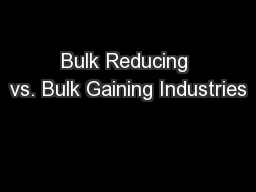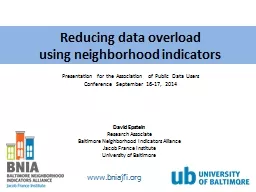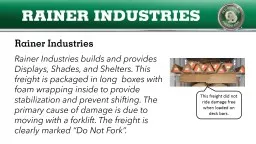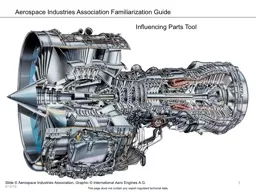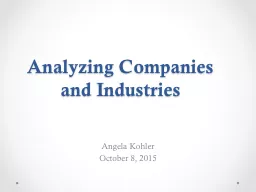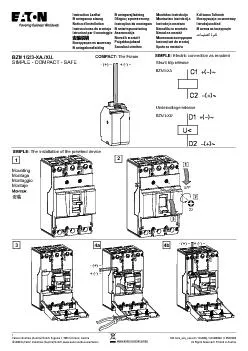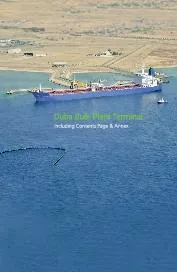PPT-Bulk Reducing vs. Bulk Gaining Industries
Author : min-jolicoeur | Published Date : 2017-09-26
Chapter 11Key Issue 2 Why are situation and site factors important Proximity to inputs Manufacturers try to locate their factories as close as possible to both buyers
Presentation Embed Code
Download Presentation
Download Presentation The PPT/PDF document "Bulk Reducing vs. Bulk Gaining Industrie..." is the property of its rightful owner. Permission is granted to download and print the materials on this website for personal, non-commercial use only, and to display it on your personal computer provided you do not modify the materials and that you retain all copyright notices contained in the materials. By downloading content from our website, you accept the terms of this agreement.
Bulk Reducing vs. Bulk Gaining Industries: Transcript
Download Rules Of Document
"Bulk Reducing vs. Bulk Gaining Industries"The content belongs to its owner. You may download and print it for personal use, without modification, and keep all copyright notices. By downloading, you agree to these terms.
Related Documents

